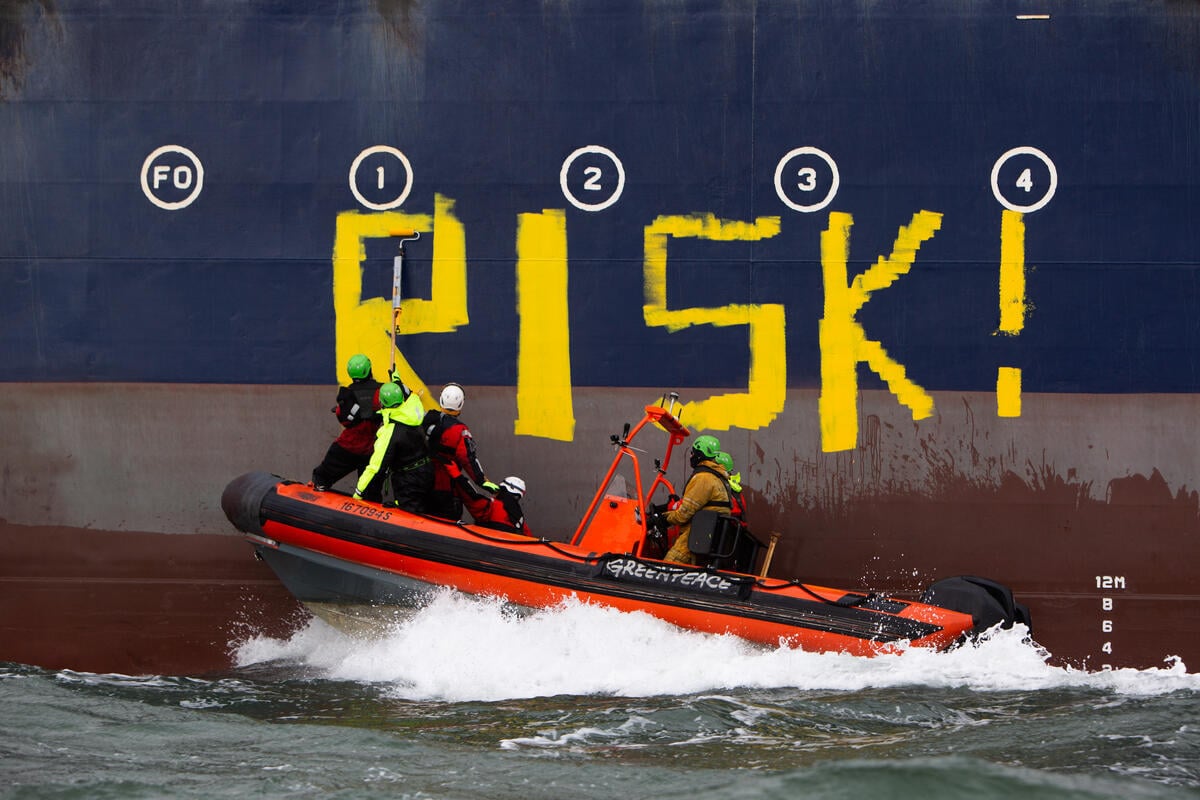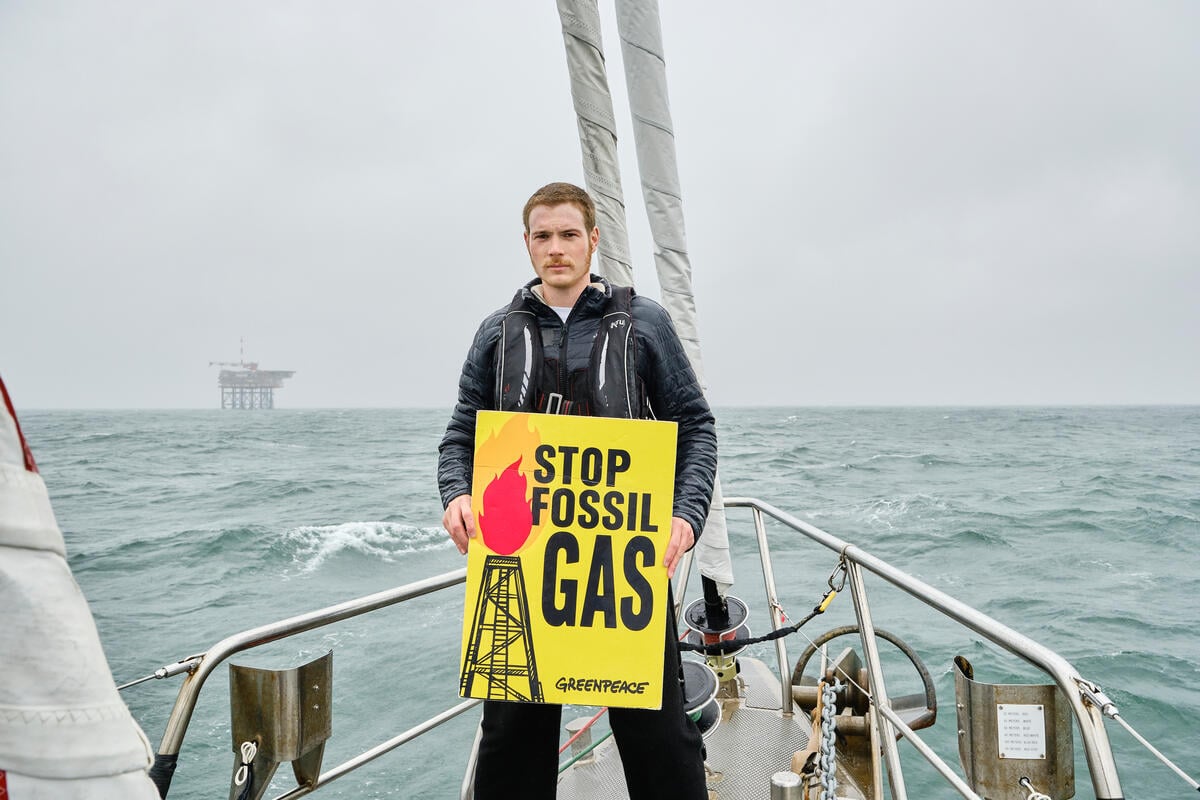Amsterdam, Netherlands – The “Akademik Lomonosov”, the world’s first floating nuclear power plant, has this morning left St. Petersburg and will be towed through Estonian, Danish, Swedish and Norwegian waters towards Murmansk, warned Greenpeace.
The floating nuclear power plant was initially supposed to be loaded with nuclear fuel and tested on site in the centre of St. Petersburg. However, due to pressure from the Baltic states and a successful petition organised by Greenpeace Russia, Rosatom, the state-controlled nuclear giant that owns and operates the floating nuclear power plant, decided on 21 July 2017 to move loading and testing to Murmansk.
“To test a nuclear reactor in a densely populated area like the centre of St. Petersburg is irresponsible to say the least. However, moving the testing of this ‘nuclear Titanic’ away from the public eye will not make it less so: Nuclear reactors bobbing around the Arctic Ocean will pose a shockingly obvious threat to a fragile environment which is already under enormous pressure from climate change,” said Jan Haverkamp, nuclear expert for Greenpeace Central and Eastern Europe.
Having reached Murmansk, a city of 300,000, the “Akademik Lomonosov” — first in a series of floating nuclear plants planned — will be fuelled, tested and, in 2019, towed 5,000 km through the Northern Sea Route and put to use near Pevek, in the Chukotka Region.
According to Russian media, Rosatom is currently planning a production line, which will be capable of mass producing floating nuclear reactors. Backed by its owner, the Russian State, the company has already been in talks with potential buyers in Africa, Latin America and South East Asia.
“This hazardous venture is not just a threat to the Arctic, but, potentially, to other densely populated or vulnerable natural regions too,” said Jan Haverkamp.
There are indications that 15 countries, including China, Algeria, Indonesia, Malaysia and Argentina, have shown an interest in hiring floating nuclear plants. Among other purposes, the floating nuclear plant is intended to provide power for oil and gas exploration.
“The floating nuclear power plants will typically be put to use near coastlines and shallow water. Contrary to claims regarding safety, the flat-bottomed hull and the floating nuclear power plant’s lack of self-propulsion makes it particularly vulnerable to tsunamis and cyclones,” said Jan Haverkamp.
ENDS
Notes:
Photo and video available here: https://media.greenpeace.org/collection/27MZIFJXTXNIV
News reports:
New plan for fueling Russia’s Floating Nuclear Plant
Floating nuclear power plant will not be fueled and launched in St. Petersburg
Infrastructure for floating nuclear power plant more than half-ready
Contacts:
Jan Haverkamp, nuclear expert, Greenpeace Central and Eastern Europe: +31 621 334 619, [email protected]
Andrey Allakhverdov, communications, Greenpeace CEE, +48 794 108 450, [email protected]
Greenpeace International Press Desk, +31 (0) 20 718 2470 (available 24 hours), [email protected]



